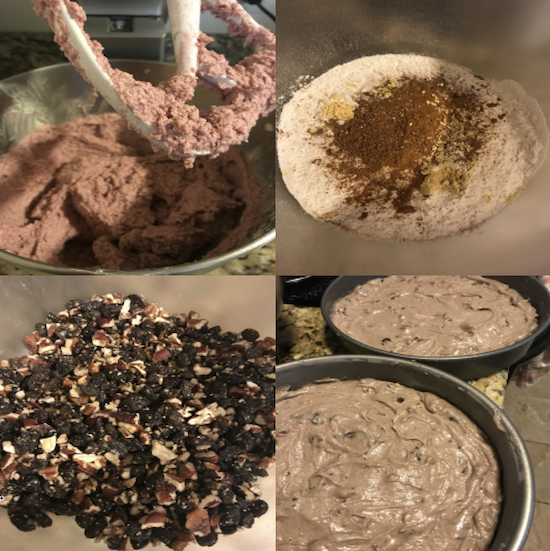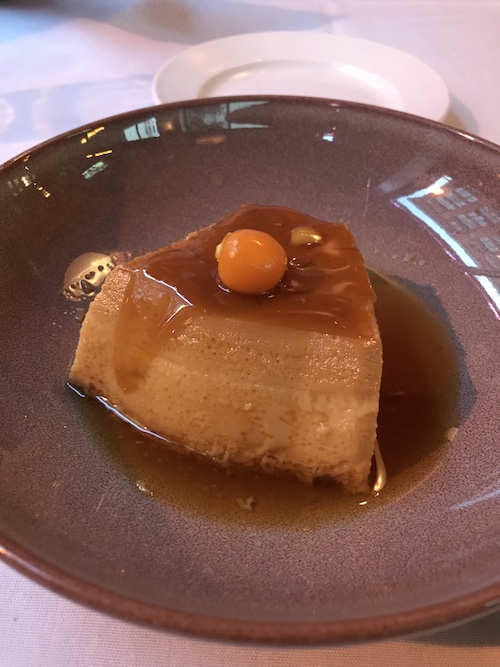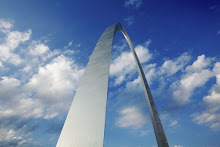Time Period: 1946-1962
Read more »
This cake is not misnamed; it's one of the strangest preparations I've ever made. Wacky (sometimes called "Whacky") Cake dates back to the 1940s, and its popularity spread for a few vastly different reasons:
But it does! The last cake I baked for this project was a bit dry, which is never appetizing. This one unsurprisingly had no such problem - my biggest worry was that it would be too liquidy, and thankfully, it wasn't. The book pairs this cake recipe with a caramel icing topped with pecans, which was a good idea.
1) It arose during the rise of local cooking schools and home demonstration agents. In the time before televised cooking shows, demonstrations were carried out by attending or hosting a demonstration, and Wacky Cake is a natural fit for these arenas, because...
2) It uses staple ingredients that a home cook is likely to already have on the shelves. No exotic or expensive ingredients had to be purchased for this one, and demo chefs didn't have to worry about too many dishes, either, because...
3) The ingredients are combined directly in the cake pan they're going to be baked in. No mixers needed! Wacky Cake may also have become quickly popular because...
4) It's so damn strange and interesting. Not only do you mix everything in the cake pan itself, but there are no eggs, milk, or butter in the cake batter. You make a few wells in the mixed dry ingredients and pour in vinegar, vegetable oil, and vanilla. Then, you pour an unbelievable amount of warm water over everything, making it look like a mess of a soup that you're absolutely sure will never solidify into a cake.
The hurdle that all new cake recipes must pass is the "Will I Ever Make This Again" test. Wacky Cake, with its relatively simple preparation and sheer weirdness, may not go into a regular rotation, but yeah, I could see easily see myself throwing one together for a potluck or birthday party. You know, if we can ever have those again. Here's hoping society gets a little less wacky soon.

























